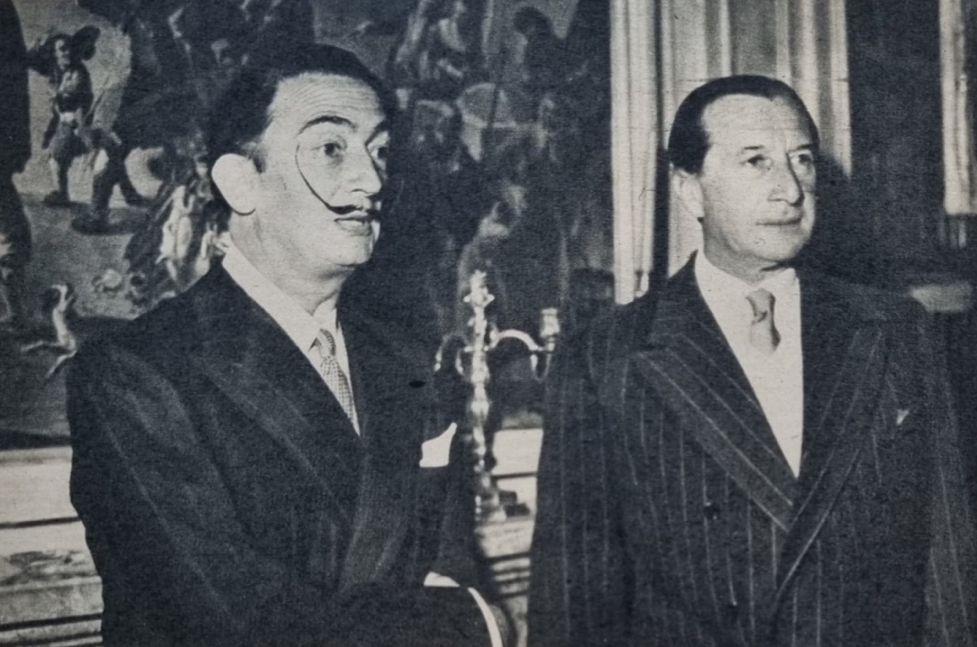Salvador Dalí e la Biennale di Venezia del 1954: antefatti, relazioni diplomatiche e strategie commerciali

Pubblicato 2025-03-13
Parole chiave
- Salvador Dalí,
- Theo Rossi di Montelera,
- Padiglione Spagna,
- Biennale di Venezia,
- Surrealismo

TQuesto lavoro è fornito con la licenza Creative Commons Attribuzione 4.0 Internazionale.
Abstract
L’articolo indaga gli antefatti della presenza di Salvador Dalí alla XXVII Esposizione Internazionale d’Arte di Venezia del 1954 in rapporto alla mostra del Surrealismo che vi si tenne e alla contemporanea realizzazione della Mostra di quadri, disegni e oreficerie di Salvador Dalí, ovvero la prima grande retrospettiva italiana dell’artista tenutasi a Roma, Venezia e Milano. A causa di tale esposizione, un’ampia presentazione di Dalí all’interno del Padiglione Spagna venne osteggiata dall’artista stesso e dal suo mecenate, il conte Theo Rossi di Montelera, per motivi economici e di pubblicità. Interpretando i documenti inediti dell’ASAC - Archivio Storico delle Arti Contemporanee della Biennale di Venezia, si è inteso ricostruire il complicato gioco diplomatico volto a includere l’artista in mostra: a tale scopo, infatti, il segretario della Biennale Rodolfo Pallucchini coinvolse numerosi attori sia italiani che spagnoli. La vicenda è stata infine contestualizzata guardando alla strategia espositiva e commerciale di Dalí in Italia all’inizio degli anni Cinquanta, con particolare attenzione alle relazioni diplomatiche intessute nel mondo politico e mondano dell’epoca.

